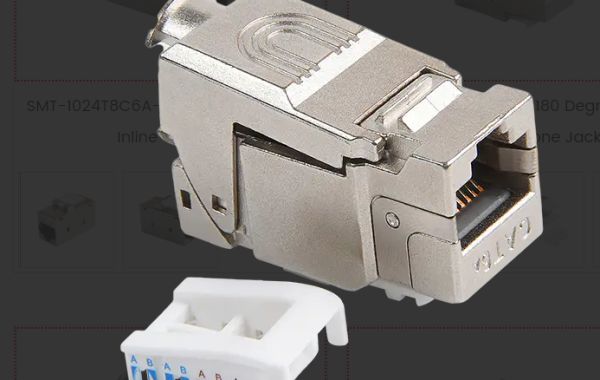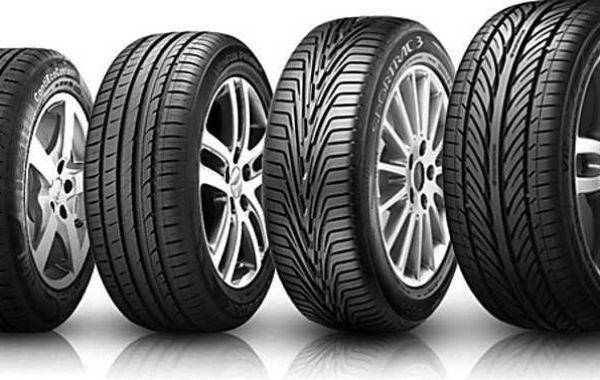A Cat6a keystone jack is a type of connector that is used to terminate Cat6a Ethernet cables. It is designed to fit into a standard keystone wall plate or patch panel and provides a modular and convenient way to connect Ethernet cables to a network.
Cat6a keystone jacks support up to 10 Gigabit Ethernet (10GBASE-T) over distances of up to 100 meters. They have a bandwidth or frequency rating of up to 500 MHz, which makes them capable of transmitting data at higher speeds and over longer distances than Cat6 keystone jacks.
There is a difference between a Cat6 and Cat6a keystone jack.
The main difference between a Cat6 and Cat6a keystone jack is the bandwidth or frequency that they support. Cat6 keystone jacks can support up to 250 MHz, while Cat6a keystone jacks can support up to 500 MHz. This means that Cat6a keystone jacks are capable of transmitting data at higher speeds and over longer distances than Cat6 keystone jacks.
Another difference between Cat6 and Cat6a keystone jacks is the type of cable that they are designed to work with. Cat6 keystone jacks are typically used with Cat6 Ethernet cables, which have four pairs of copper wires and are rated for up to 10 Gigabit Ethernet (10GBASE-T) at distances of up to 55 meters. Cat6a keystone jacks, on the other hand, are designed to work with Cat6a Ethernet cables, which also have four pairs of copper wires but are rated for up to 10GBASE-T at distances of up to 100 meters.
In terms of physical characteristics, Cat6a keystone jacks are often larger than Cat6 keystone jacks due to the increased size of the connectors and the thicker cables they are designed to accommodate. Additionally, Cat6a keystone jacks often require more power to operate than Cat6 keystone jacks due to the higher signal levels and increased transmission distances.
Overall, if you require higher speeds and longer transmission distances in your network, a Cat6a keystone jack may be the better choice. However, if your network does not require these features, a Cat6 keystone jack may be sufficient and more cost-effective.
Click rj45 connector manufacturers website https://www.smartyy.com/product/copper-system/keystone-jack/cat6-keystone-jack/ for more information








